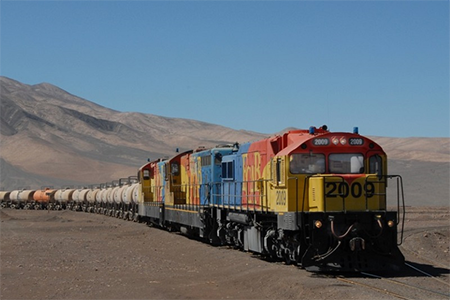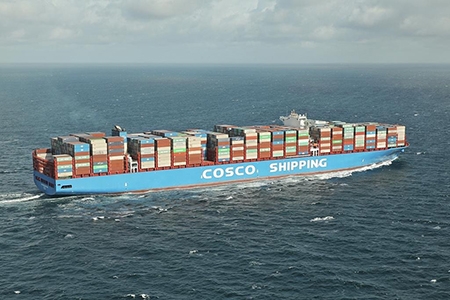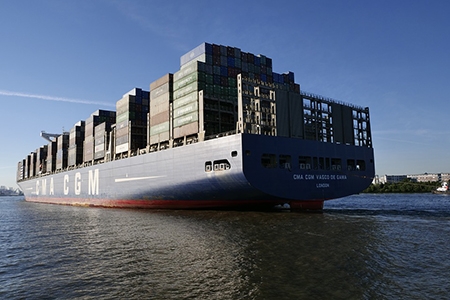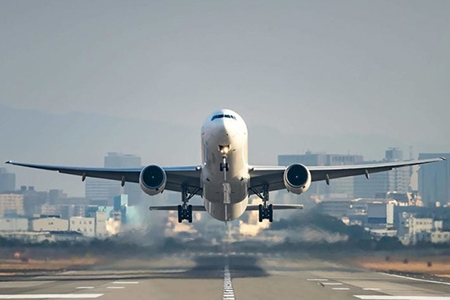Pressures on Exporting
Published: 17/03/20
Although Vietnam’s commodity import and export activity has been negatively affected by the Covid-19 epidemic, the value still rose by 2.4% year on year to over US$74 billion in the first two months of 2020.
The growth of commodity import and export value in the first two months of this year was mainly boosted by Samsung’s new exports. If the value of the last two months of 2019 was compared, it was a sharp drop. The trade value approximated US$89 billion in November and December of 2019, an increase of US$15 billion.
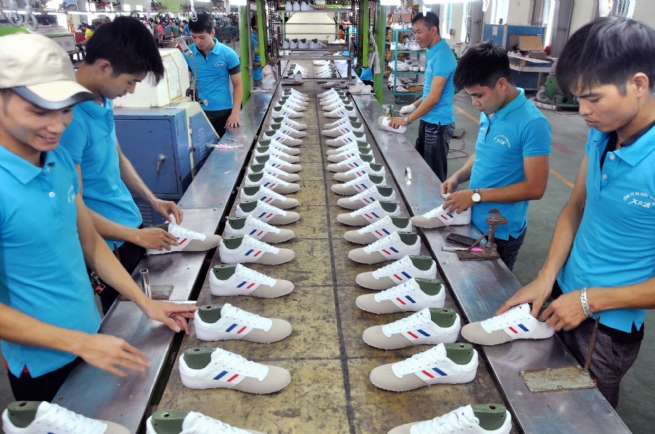
By market, the United States was Vietnam's largest export market in the first two months of 2020, with US$9.8 billion, up 19.6% over the same period of last year, followed by China with US$4.8 billion (up 3.7%), the European Union (EU) with US$5 billion (down 7.7%), ASEAN with US$3.5 billion (down 9.3%). Big exports included telephones and components; electronics, computers and components; machinery, equipment, tools and parts; and footwear.
ANZ Bank forecast that Vietnam would lose an estimated 0.44% of the gross domestic product (GDP) as its exports to China sank 20% in the first three months. Businesses are facing enormous hardships: Insufficient supply sources from China, inadequate labor force as a result of blockade and quarantine isolation or travel restrictions for workers and experts from China. These impacts are quite huge and negatively hurting Vietnam's exports, employment and consumption.
Some key manufacturing and exporting industries of Vietnam which depend heavily on input materials from China will be adversely hurt due to input shortages and supply chain disruptions amid limited inventories and alternative sources. Vietnam is integrating more deeply and many manufacturing industries have engaged in global supply chains, including telephone, electronics, computer, garment and textile, footwear, manufacturing, agricultural processing, iron and steel and retailing.
On the business side, Mr. Nguyen Duc Thanh, Director of Thanh Vinh Foods and Agricultural Products Import Export Co., Ltd based in Hanoi, said, “About 60% of our sales come from fresh agricultural products sold to China. However, for the time being, it is almost impossible to export to this market because of the coronavirus epidemic.”
For example, for pangasius products, export shipments to China felt 50% in the first two months of 2020 due to transportation and warehousing disruptions and congestions. Chinese buyers for supermarkets and restaurants also reduced orders as people refrained from going shopping in supermarkets or eating in restaurants. This plague has inflicted a heavy blow on pangasius exporters, which are already in serious trouble. Earlier, in 2019, the pangasius export value sank 11% to US$ 2 billion on oversupply.
However, the door is not completely closed to pangasius exporters. Fish processors in China are not working to supply fish to the world market, especially in the EU. This is also an immediate opportunity for pangasius businesses. In the U.S. market, inventories are running out. At the end of 2019, the United States officially recognized Vietnam's export inspection system equivalent to that of the United States. This is good news for Vietnamese pangasius exporters to the market, affirming Vietnam's capabilities to control pangasius quality and food safety in pangasius production and export chains.
Regarding solutions, Mr. Nguyen Tien Vuong, Deputy General Director of Hanoi Trade Corporation (Hapro), said that, in 2020, Hapro will continue expanding its market and developing new export items. Particular focus will be on key export markets such as Southeast Asia, West Asia, the Middle East, Africa and the European Union (EU).
The good news for Vietnamese exporters is 23 credit institutions exempt, reduce interest rates and reschedule outstanding loans worth VND222 trillion (US$9.65 billion) for 44,000 customers.
The Ministry of Industry and Trade has also recommended that businesses need to boost domestic consumption and strengthen to explore new export markets in the future. On the other hand, they need to strictly follow international export practices, improve quality, carry out regulations on traceability, planting area declaration, packing facilities and other relevant requirements to meet standards agreed with importing countries, avoid risks and minimize losses in business.
Source vccinews


